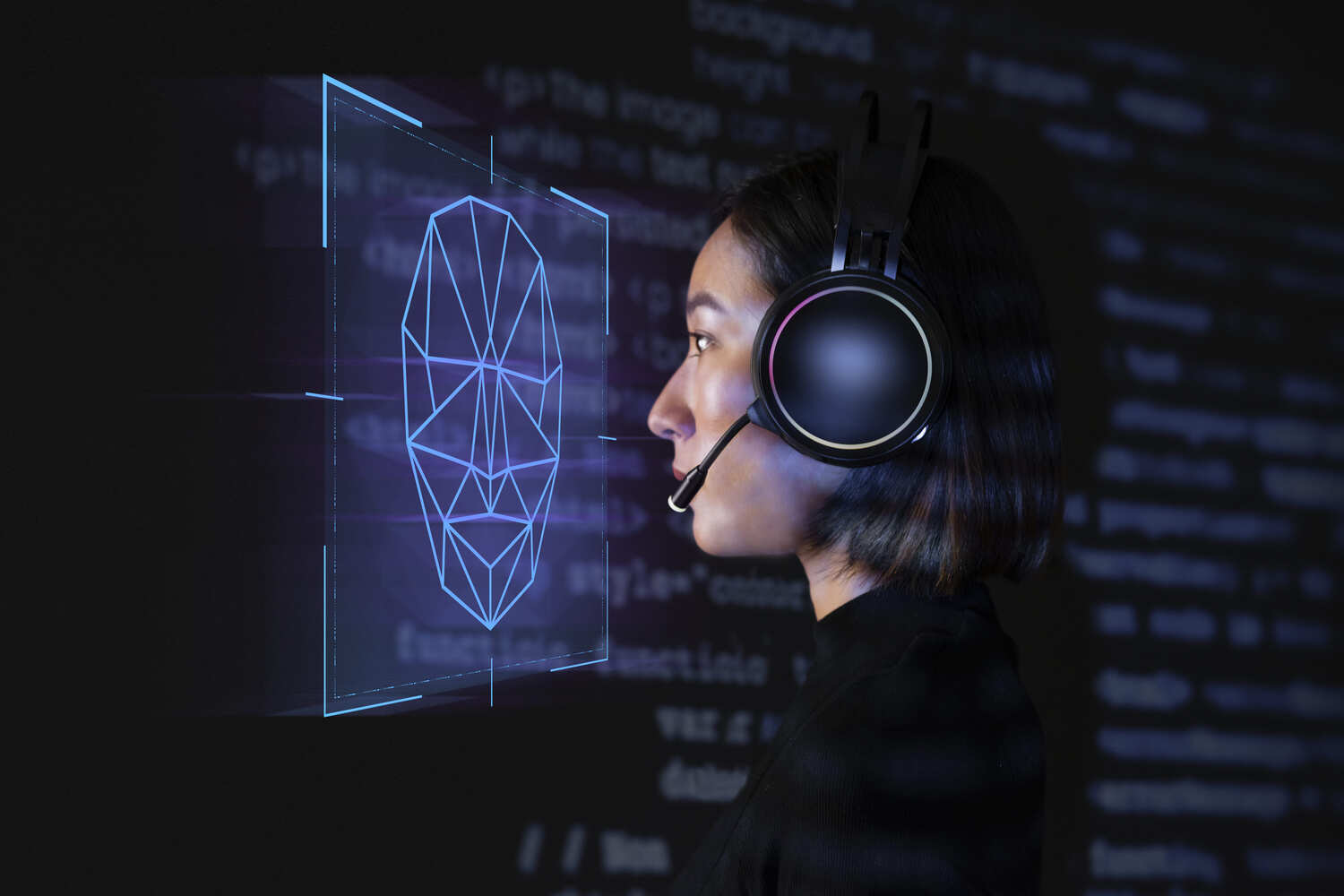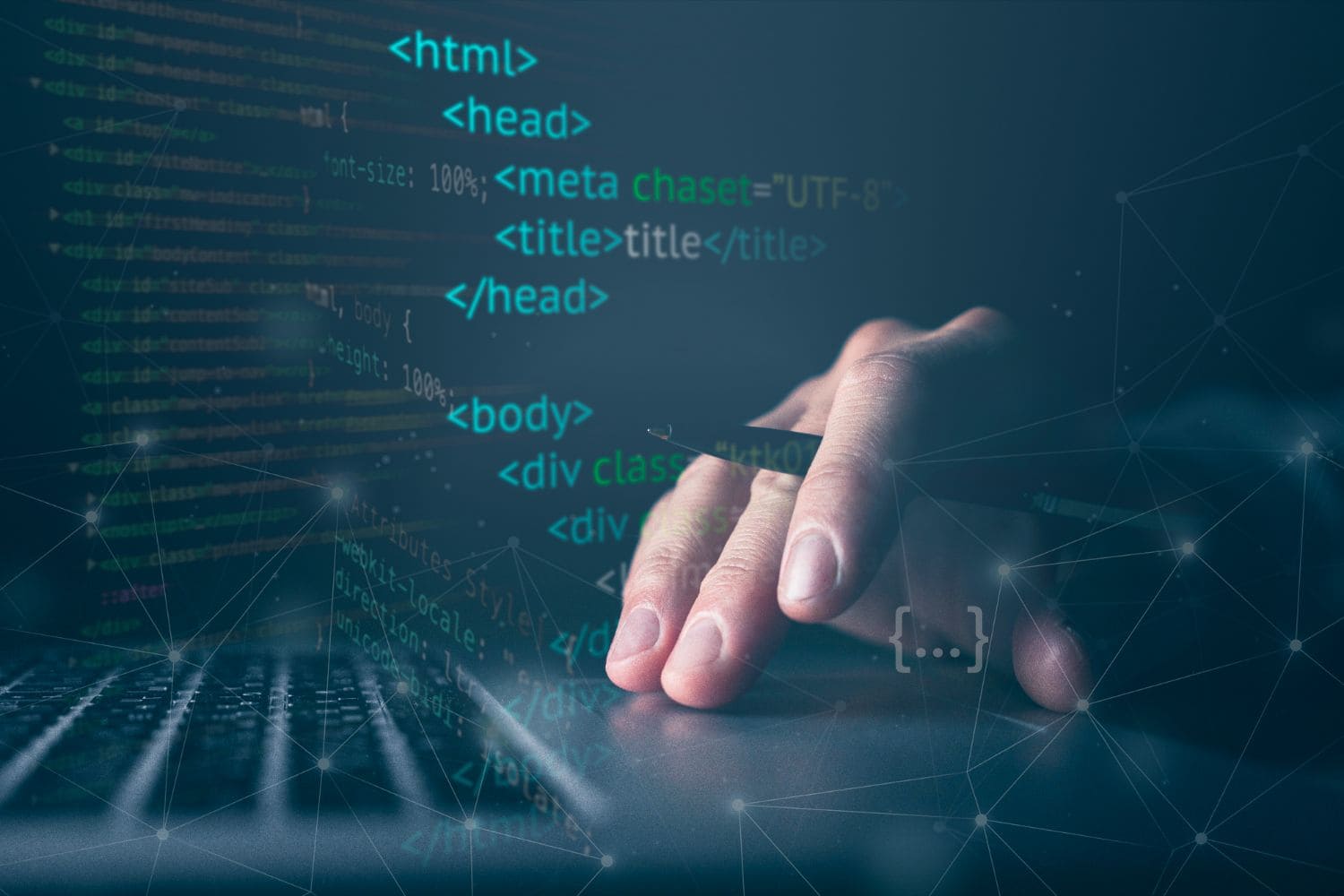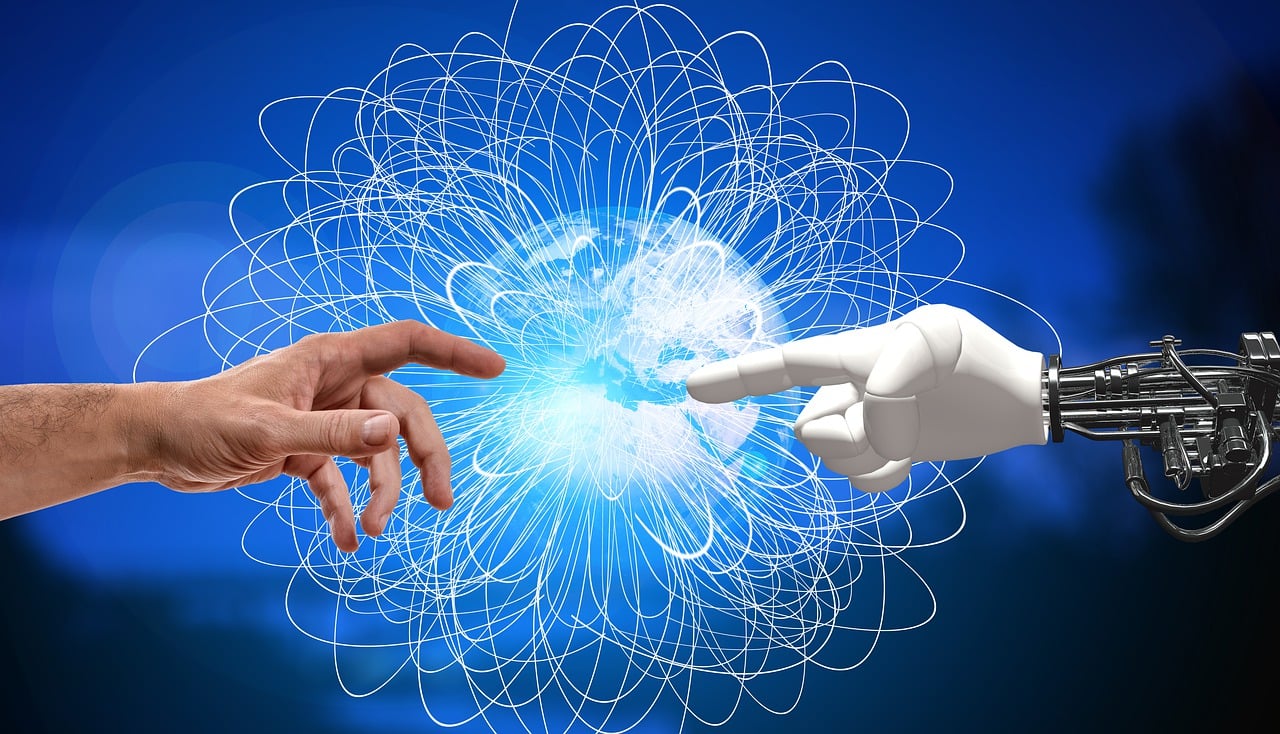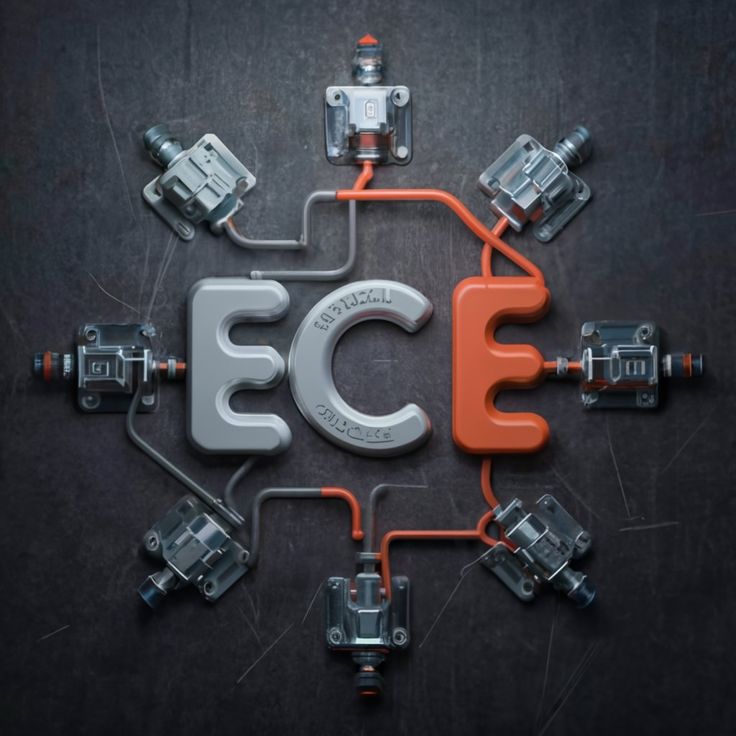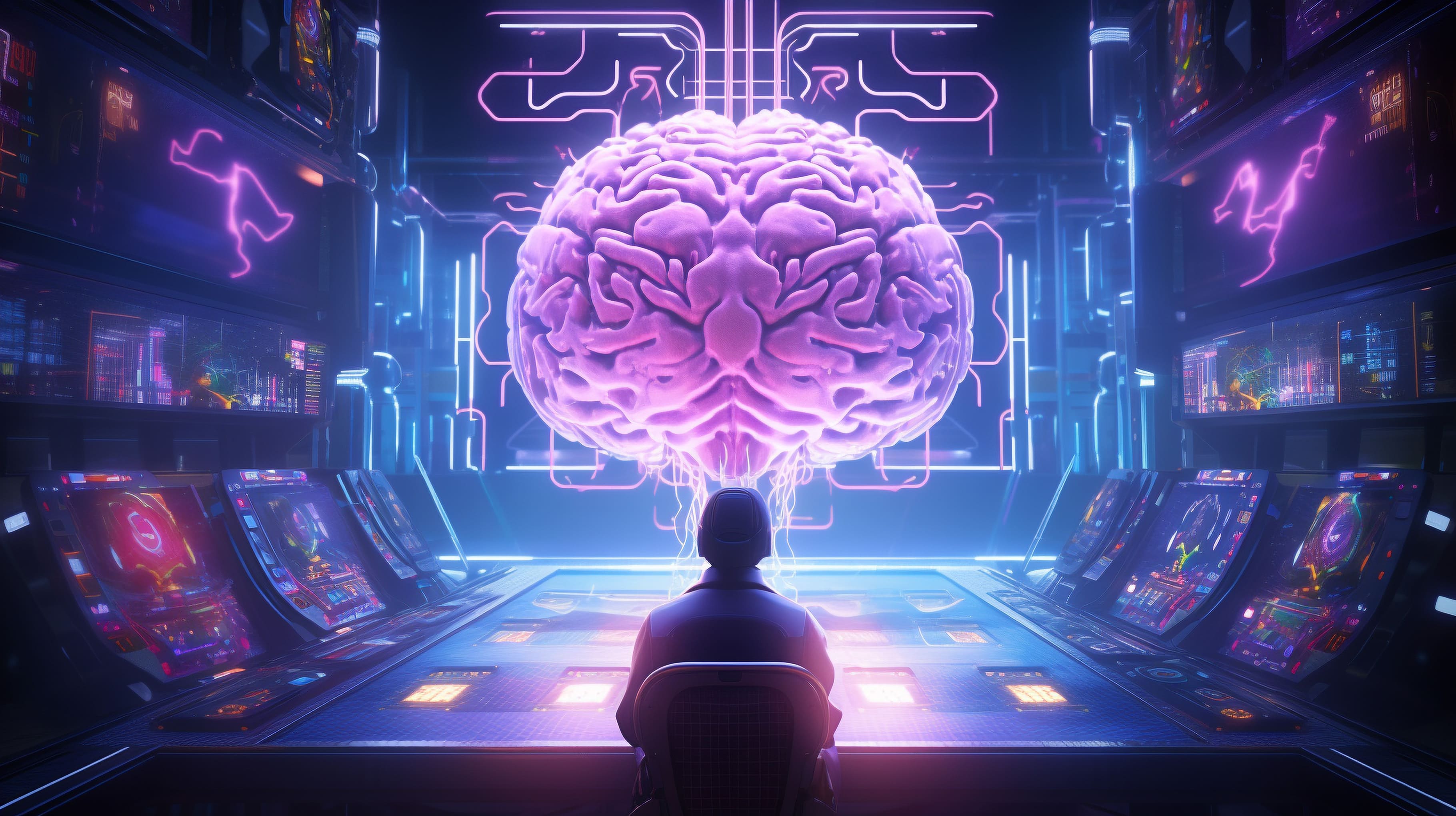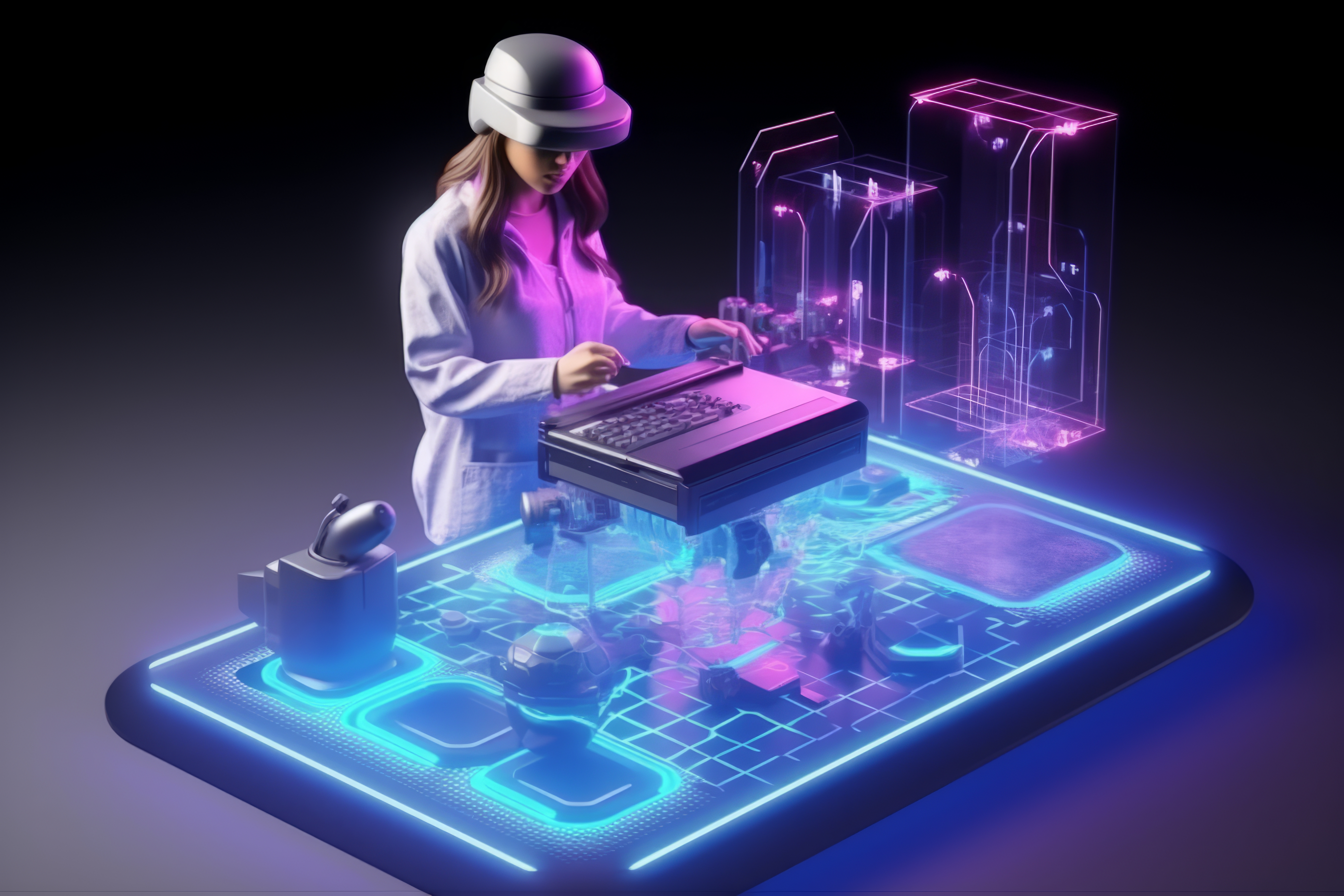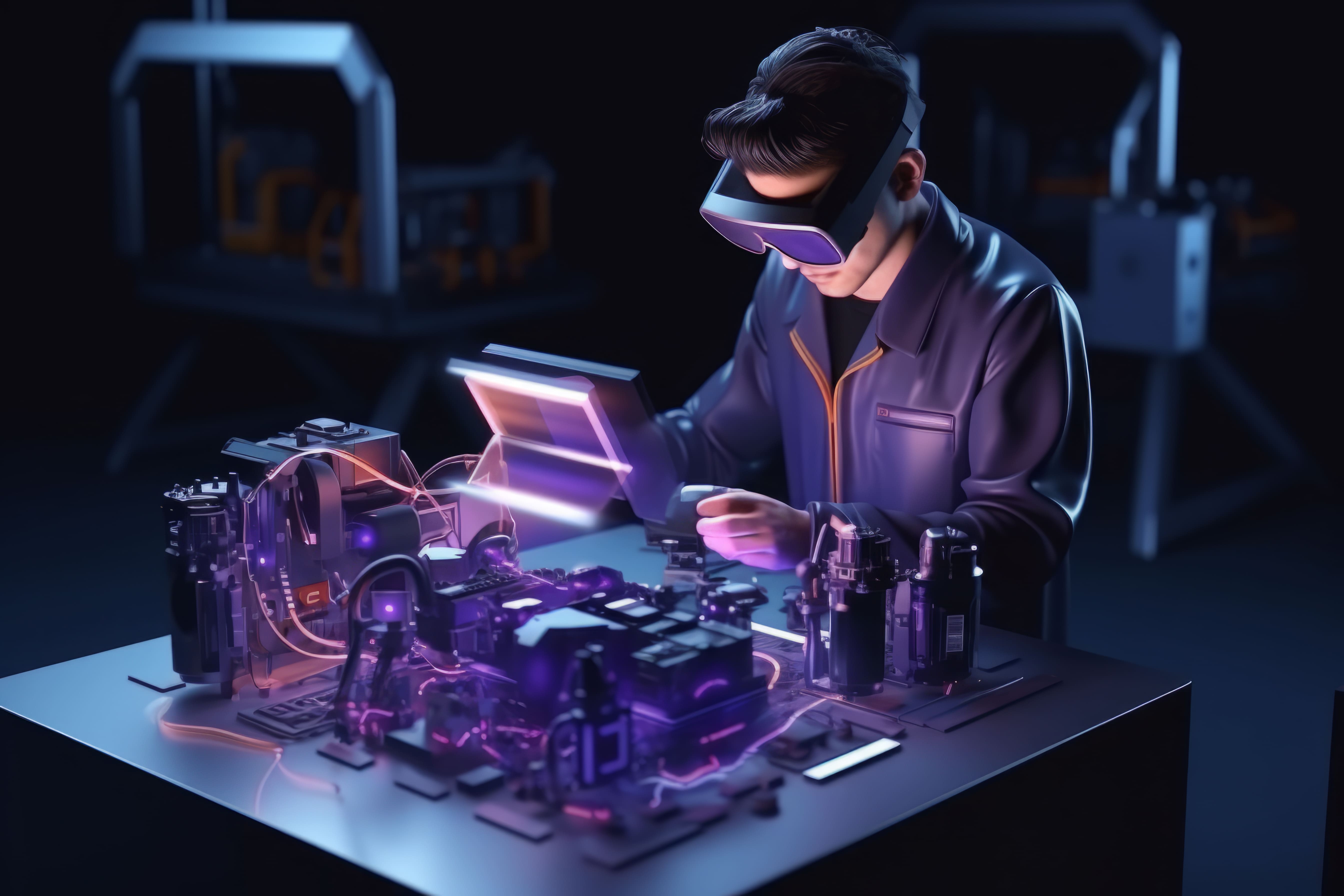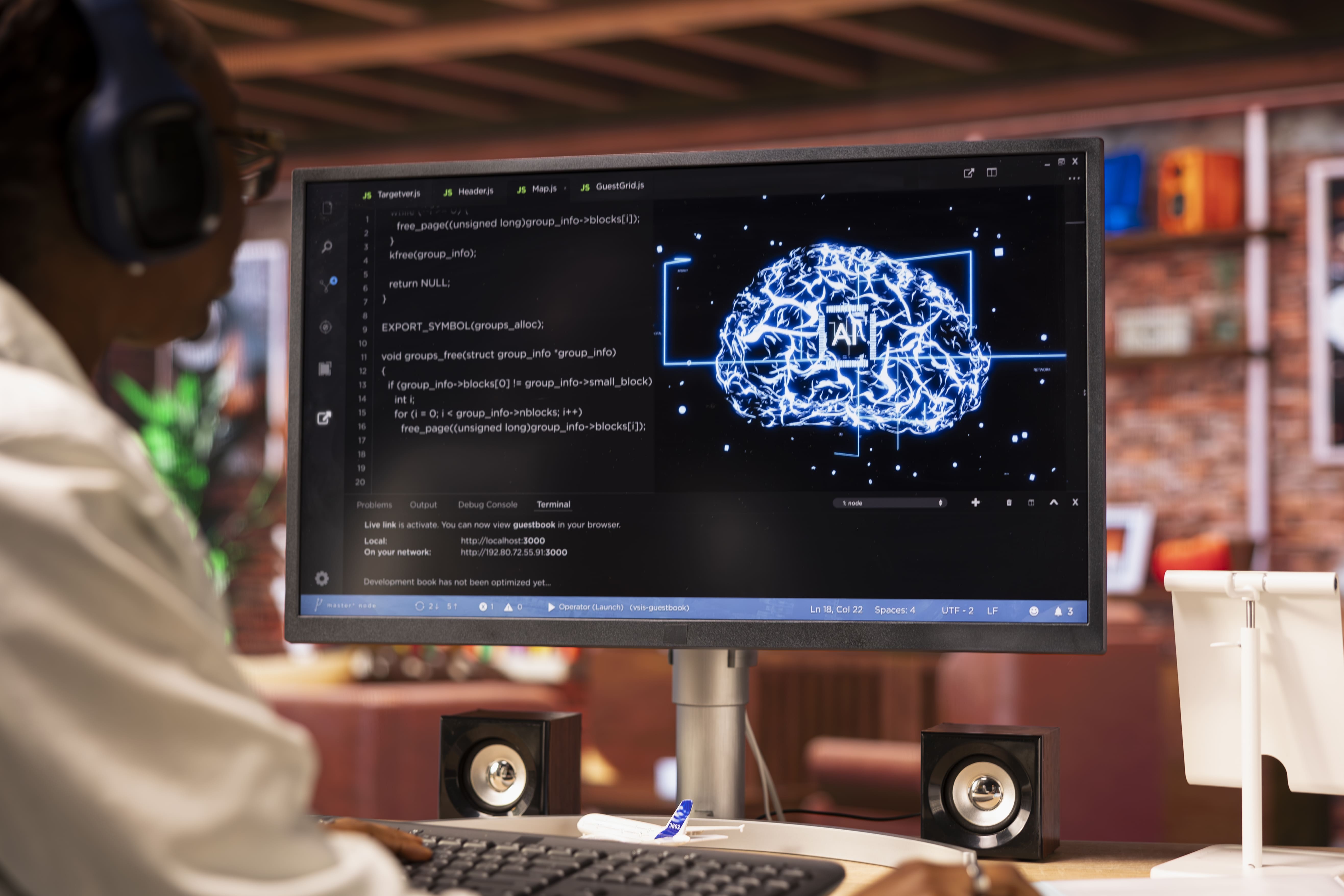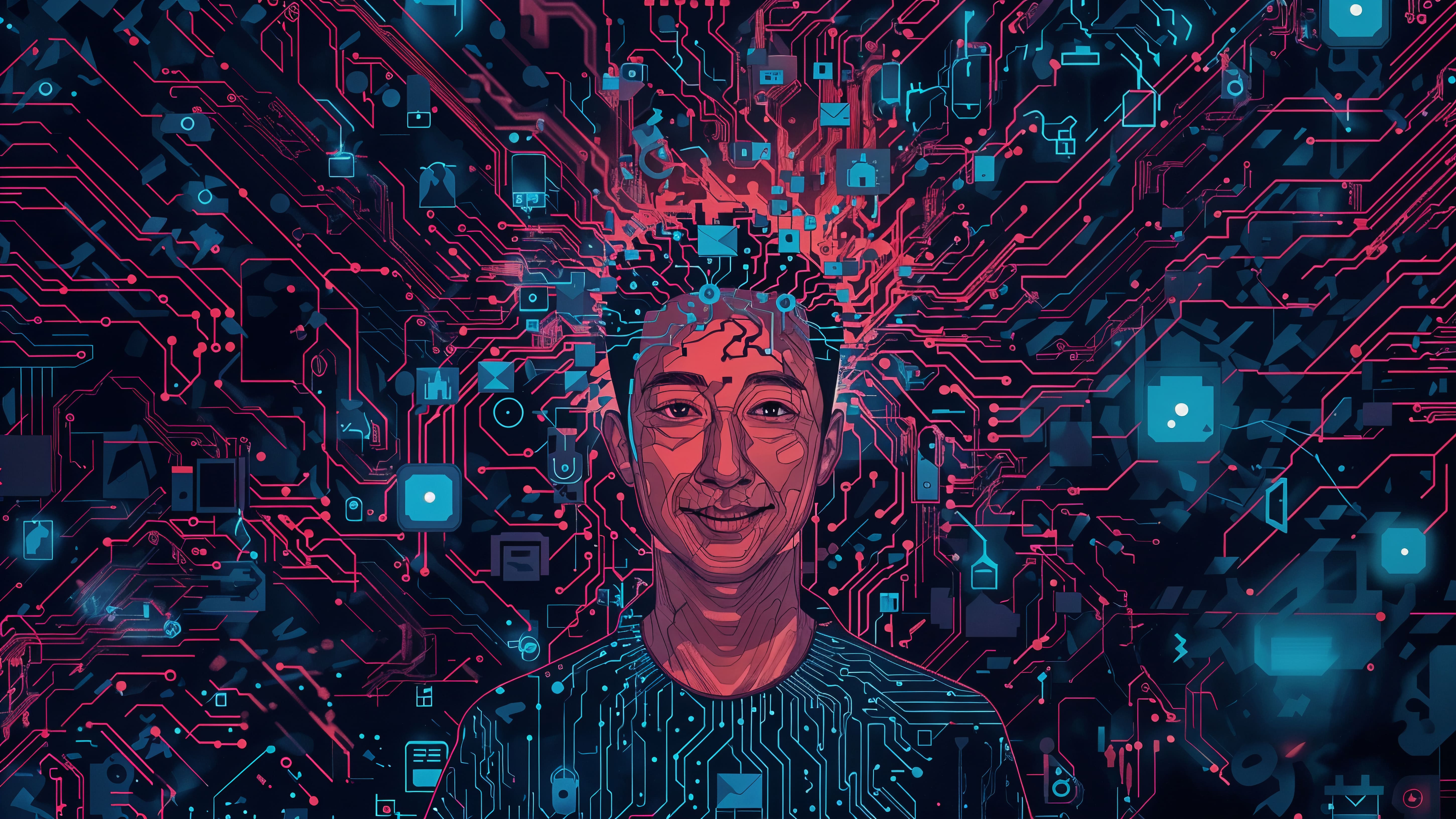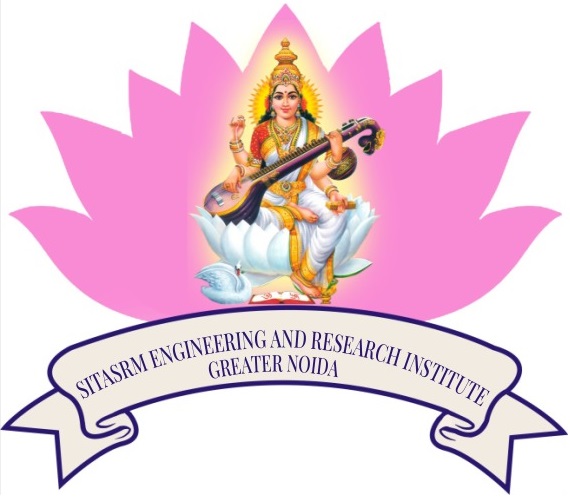 SITASRM ENGINEERING & RESEARCH INSTITUTE
SITASRM ENGINEERING & RESEARCH INSTITUTE
 SITASRM ENGINEERING
SITASRM ENGINEERING & RESEARCH INSTITUTE

SITASRM ENGINEERING & RESEARCH INSTITUTE
Menu
Machine Learning: A Beginner’s Guide to Supervised, Unsupervised, and Reinforcement Learning
Introduction to Machine Learning
The year is 2030. You're driving your autonomous vehicle to a job interview, but a sudden downpour makes the roads slick. Your car, without a moment's hesitation, subtly adjusts its speed and steering, navigating the treacherous conditions with an uncanny human-like intuition.
Later that day, the hiring manager, an AI, reviews your resume, not just matching keywords but understanding the nuances of your experience and predicting your fit within the company's dynamic culture. What unseen force powers these seemingly miraculous feats? It's machine learning, the driving engine behind the artificial intelligence revolution, transforming industries from transportation to healthcare, and finance to entertainment.
Once the domain of science fiction, machine learning is now a tangible reality, and understanding its core mechanisms is no longer just for computer scientists, but for anyone looking to navigate and innovate in our increasingly intelligent world. But how exactly do these machines "learn"?
Let's embark on a journey to demystify the fundamental paradigms of machine learning: supervised, unsupervised, and reinforcement learning.
The Core of Machine Learning–Algorithms and Data
At its heart, machine learning is about enabling systems to learn from data, identify patterns, and make decisions with minimal human intervention. Unlike traditional programming where every rule is explicitly coded, machine learning algorithms allow computers to adapt and improve performance over time through experience. This "learning" process is powered by vast datasets, which serve as the training ground for these intelligent systems.
Supervised Learning: Learning with a Teacher
Imagine a child learning to identify different animals. An adult points to a cat and says, "That's a cat." Then, they point to a dog and say, "That's a dog." The child learns by associating an image with its correct label. This is analogous to supervised learning, the most common type of machine learning.
In supervised learning, the algorithm is trained on a "labeled" dataset, meaning each input data point has a corresponding output or "correct answer." The goal is for the algorithm to learn a mapping function from the input to the output so that it can accurately predict the output for new, unseen data.
Key Applications:
-
Image Classification: Identifying objects in images (e.g., recognizing faces, categorizing products). For example, a model trained on millions of labeled images can distinguish between a cat and a dog.
-
Spam Detection: Classifying emails as spam or not spam based on features like sender, subject line, and content.
-
Predictive Analytics: Forecasting future trends, such as predicting stock prices or customer churn.
Example Algorithm: Linear Regression, Logistic Regression, Support Vector Machines (SVMs), Decision Trees.
Unsupervised Learning: Discovering Hidden Patterns
Now, imagine giving that same child a pile of mixed toys—cars, blocks, dolls—and asking them to sort them into groups without any prior instructions on what constitutes a "car" or a "block." The child would naturally group similar toys together based on their features (shape, color, size). This is the essence of unsupervised learning.
In unsupervised learning, the algorithm works with unlabeled data, aiming to find hidden patterns, structures, or relationships within the data itself. There's no "correct answer" provided; the machine learning model explores the data to discover inherent groupings or dimensions.
Key Applications:
-
Clustering: Grouping similar data points together. For instance, customer segmentation in marketing, where customers with similar purchasing behaviors are grouped.
-
Anomaly Detection: Identifying unusual data points that deviate significantly from the norm, crucial in fraud detection or network intrusion detection.
-
Dimensionality Reduction: Reducing the number of features in a dataset while retaining most of the important information. This is where techniques like Isomap in machine learning come into play. Isomap is a non-linear dimensionality reduction technique that seeks to preserve the geodesic distances between data points, making it particularly useful for visualizing high-dimensional data in a lower-dimensional space while maintaining the underlying manifold structure.
Example Algorithm: K-Means Clustering, Principal Component Analysis (PCA), Isomap.
Reinforcement Learning: Learning by Doing
Consider teaching a robot to walk. You don't program every step; instead, you give it a "reward" when it takes a correct step forward and a "penalty" if it falls. Through trial and error, the robot learns a sequence of actions that maximize its rewards, eventually mastering walking. This is the paradigm of reinforcement learning.
In reinforcement learning, an agent learns to make decisions by interacting with an environment. It receives feedback in the form of rewards or penalties for its actions, and its goal is to learn a policy (a strategy) that maximizes the cumulative reward over time. This form of ML is particularly powerful for complex decision-making scenarios where direct supervision isn't feasible.
Key Applications:
-
Robotics: Teaching robots to perform complex tasks like grasping objects or navigating dynamic environments.
-
Game Playing: AI agents learning to play games like Go or Chess at a superhuman level.
-
Autonomous Driving: Training self-driving cars to make real-time decisions in complex traffic scenarios.
Example Algorithm: Q-learning, Deep Q-Networks (DQN).
Beyond the Basics: Combining Classifiers and the Future of Machine Learning
While these three paradigms form the bedrock of machine learning, the field is constantly evolving. In many real-world applications, a single model might not be sufficient, especially when dealing with complex datasets or aiming for higher accuracy. This leads to advanced techniques where different ways to combine classifiers in machine learning are explored. Ensemble methods, for instance, combine multiple individual models (classifiers) to achieve better predictive performance than any single model could on its own. Popular ensemble techniques include:
-
Bagging (Bootstrap Aggregating): Training multiple models on different subsets of the training data and averaging their predictions (e.g., Random Forests).
-
Boosting: Sequentially training models where each new model tries to correct the errors of the previous ones (e.g., AdaBoost, Gradient Boosting Machines).
-
Stacking: Training a meta-model to learn how to best combine the predictions of several base models.
The future of machine learning is incredibly bright. From generative AI creating realistic images and text to personalized medicine tailoring treatments based on individual genetic data, the applications are expanding exponentially.
According to a report by MarketsandMarkets, the global machine learning market size is projected to grow from USD 40.5 billion in 2024 to USD 248.5 billion by 2029, at a compound annual growth rate (CAGR) of 43.5%. This exponential growth underscores the critical importance of understanding how machines learn and leveraging this knowledge to drive innovation.
Conclusion
From predicting the next word you type to powering sophisticated medical diagnostics, machine learning has permeated nearly every aspect of our digital lives. Understanding supervised, unsupervised, and reinforcement learning provides a foundational grasp of how these intelligent systems operate. As data continues to proliferate and computational power advances, the capabilities of machine learning will only continue to expand, offering unprecedented opportunities for solving complex problems and creating a more intelligent future. Embracing the principles of machine learning is not just about keeping up with technology; it's about equipping yourself with the knowledge to shape the next era of innovation.
.jpg)

